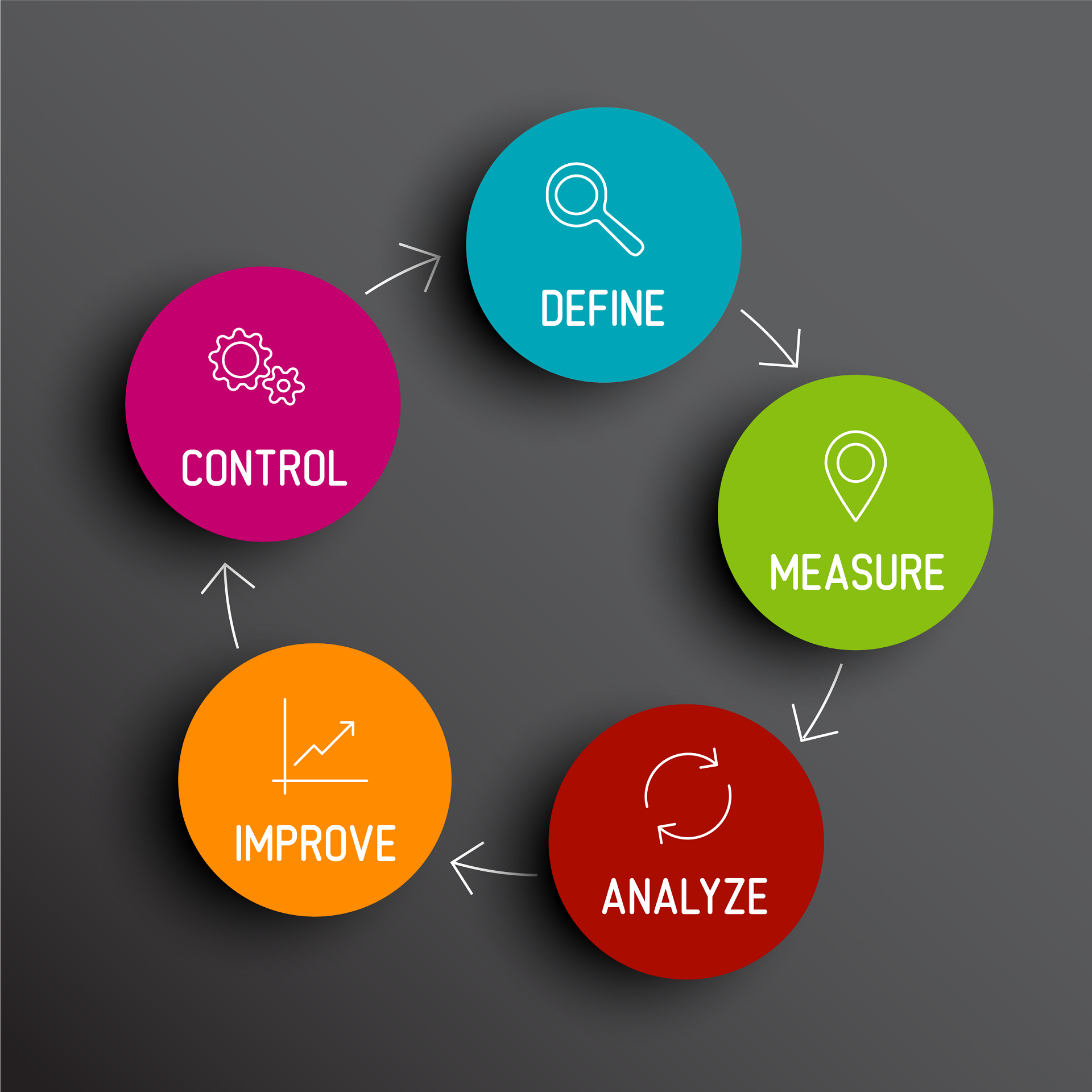Augusta Residents - Learn Lean Six Sigma’s History Here
Contact Us

Lean Six Sigma has existed for over two decades. Contrary to what many believe, it is a method you should look up to as it has proven to be a great addition to any person’s curriculum to gain career advantages. But what makes it so valuable? To understand this, it is necessary to go over the Lean Six Sigma history. Our team at Lean Six Sigma Curriculum for Augusta High School Students of Georgia is here to give you a brief yet complete summary of the methodology’s history.
It is important to do your research before you rush to get training or certification, even when it seems unnecessary or useless. Knowing more about it will help you understand how this methodology helps companies and why it is something you should be thinking about in recent years, even if you are not a company.
You will be able to take your time and make an informed decision about whether this is the right choice for you as well. LSS is always an option if you ask us, though.
This methodology was first designed to help companies prioritize customers and improve efficiency in order to increase earnings.
If done right, the methodology can help reduce costs and eliminate waste. It can also be used to achieve success in other areas of your life today since practitioners have proved how they are able to boost processes in their own projects and reduce steps, so they don’t lose time and resources.
This approach achieves all the above, improves customer satisfaction, and decreases lead times in the case of companies.
It is secondly based on the collective knowledge and experience of all parties, and implementation should only be possible when certified practitioners are involved, and it should be taught to companies who want it to work, not only implemented without giving them some context and sharing knowledge.
Now, focusing on more facts of history, LSS originated from the combination of Lean & 6 Sigma while still setting its own principles and adding more to the equation.
Where It All Started
It is essential to fully understand Sigma’s logic and founding principles before implementing them in your personal or business process.
LSS is believed to have its roots within the Japanese industry. However, this is only because during the same time—the 80s—the Kaizen methodology was utilized by Japanese companies to improve customer satisfaction and reduce waste while still improving quality.
Thanks to it, Japanese industries had been producing high-quality products that satisfied their customers and made them the top companies back in the 80s.
How does this impact LSS, or what does it have to do with it? LSS was created as a response to ensure American companies could stay at the top or remain competitive during those years. However, Lean was introduced in the 40s, while 6 Sigma dates back to the 80s but a few years earlier than LSS itself.

Toyota invented Lean manufacturing in the late 1940s to reduce non-value-adding activities.
Lean establishes that employees must actively participate in organizational changes to foster excellence. Continuous learning and improvement are two important pillars to ensure that everyone is happy.
Toyota Production Systems (TPS) was the first to make good use of Lean. Japanese Taiichi Oko was the founder of this company, and one of the reasons many believe LSS is from Japan. This method was also used in Henry Ford’s Innovations and Business Process Redesign.
Six Sigma, a data-driven methodology, is the next to learn about. It is different from Lean in its main concept. Motorola invented the method, and General Electric used it successfully in the 1980s.
Six Sigma is focused on process improvement, and professionals and experts created it to ensure every process was controlled and that problems were identified and solved.
Six Sigma’s structure revolves around the DMAIC option. Define, Measure, Analyze, Improve, Control. This is useful for manufacturing and other industries, as it allows them to automate their processes and ensure that they don’t slow down. Instead, each step can be maximized.
What Is Lean Six Sigma When Considering Both Individual Methodologies?
This method was created to enable American companies to compete against Japanese manufacturers. It is a mixture of both the above, but the term “combination” reduces the potential for LSS because it involves more than just regular steps.
LSS’s focus on improvement, waste reduction, and employee participation has made it possible for American industries today to be at the top of their game. This is partly why they can continue to thrive and stay ahead of the curve.
Sigma does not only apply to products or services. Over the past decade, new industries and fields have realized this.
Schools and educational institutions can develop systems that are more efficient and, therefore, easier to use. LSS can also be taught to students, so they learn valuable skills and ensure they are ahead of their peers when applying for job positions.
Participating in Lean Six Sigma is a great way to get involved today. The principle of continuous improvement and growth will remain the same regardless of where or how it is implemented.
Lean Six Sigma Curriculum Pros of Augusta can help with certification and training so that you can understand and see the beauty of Sigma.
Just make sure to contact us, and we will teach you all the essentials, including some more history, so you get the cope of everything.

